While Queenslanders are renowned for being resilient and loyal, the rocks of Brisbane are known for their own unique kind of tuff.
The volcanic rock is easily seen at the Kangaroo Point cliffs and is littered throughout the city in constructions including churches, building facades and retaining walls.
Queensland Museum geologist Andrew Rozefelds said the tuff was formed more than 226 million years ago.
“Think Pompeii, south-east Queensland, but at a time of the earliest dinosaurs,” he said.
“Tuff is a type of rock formed by the compaction of volcanic ash and the Brisbane tuff also includes evidence of pyroclastic flows, as well.”
He said the flows of high energy masses of rock fragments were then deposited at the same time as the ash fell.
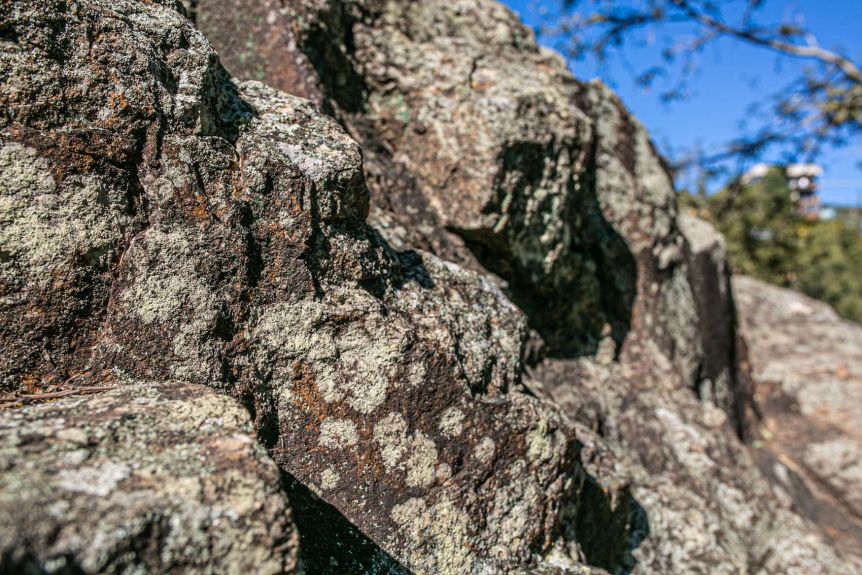
“These ash falls, and flows can build up many metres of sediment and the Brisbane tuff is over 50 metres in thickness in some areas, and sometimes much more,” Dr Rozefelds said.
“These volcanic eruptions were incredibly destructive events, and branches and tree trunks have been found buried in these compacted ash falls.”
Little pieces throughout the River City
Ian Withnall, who worked for the Geological Survey of Queensland for 40 years, said Brisbane’s tuff was easy to see around the city including Saint Mary’s Anglican church.
“It is a really hard rock and has been used as a stone around Brisbane since the time Captain Logan arrived as many of the cathedrals and walls around the city have been made out of it,” he told ABC Radio Brisbane.
“Suburbia and development have covered most of it up now, so there’s no room left to quarry it anymore.”
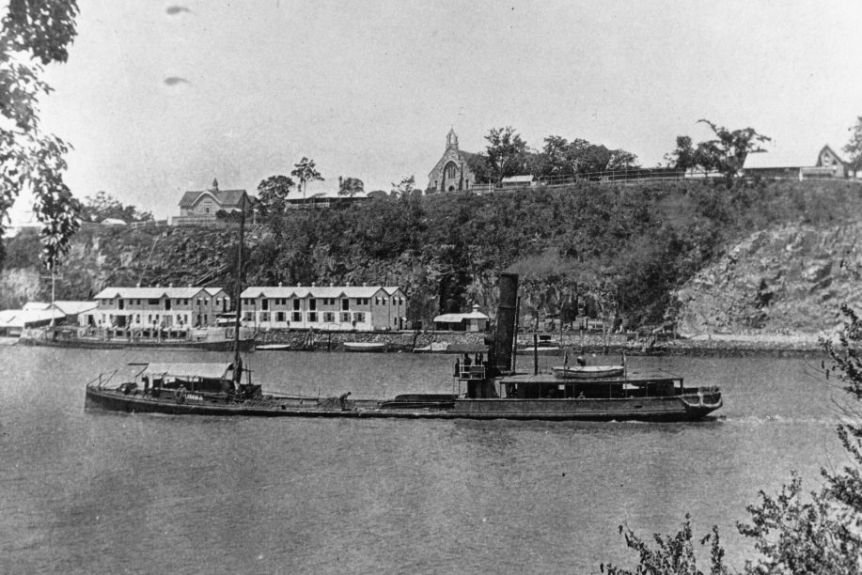
He said the cliffs at Kangaroo Point formed what was the back wall of a quarry and was used in roadworks and buildings before builders tried to reproduce the famous rock.
“In the 1930s builders they created a stone called Benedict Stone,” Mr Withnall said.
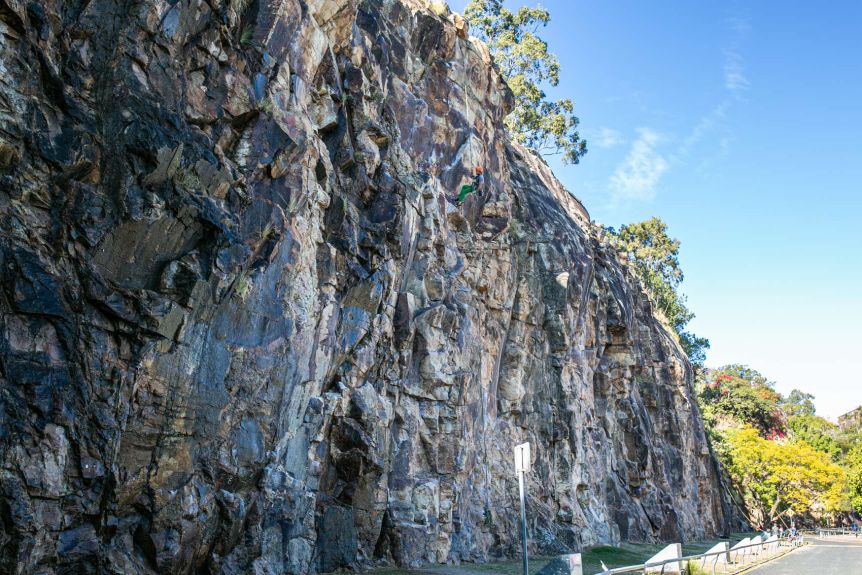
“They actually crushed Brisbane Tuff with granite from The Gap and mixed it with oxide to give it the right colour and moulded many of the building stones including the Tattersalls Club and The Manor Apartments with it.”
In coming months, Brisbane’s Cross River Rail project will be busting through Brisbane tuff to construct twin-tunnels to run under the River.
“The road tunnels didn’t have to blast through it when they were built, but it will be a big job for Cross River Rail to get through when the work starts.”





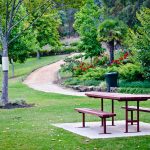



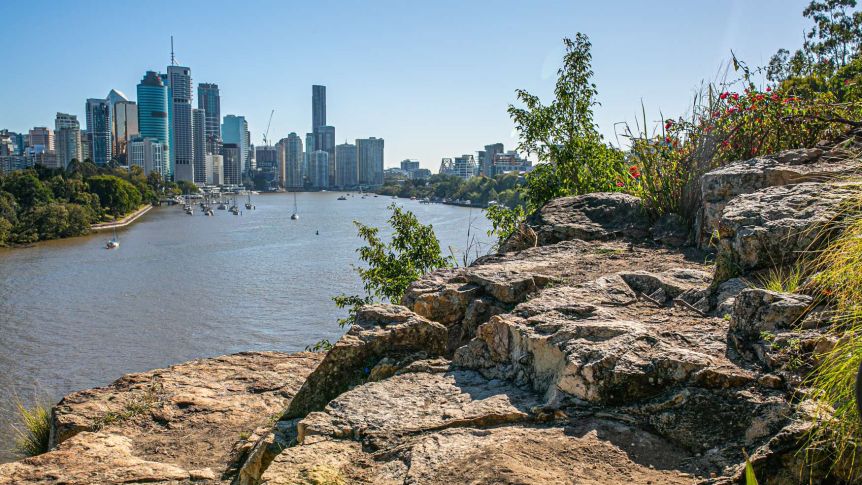










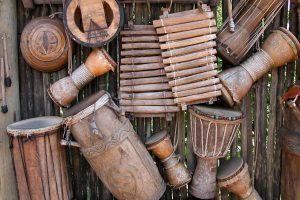







Add Comment